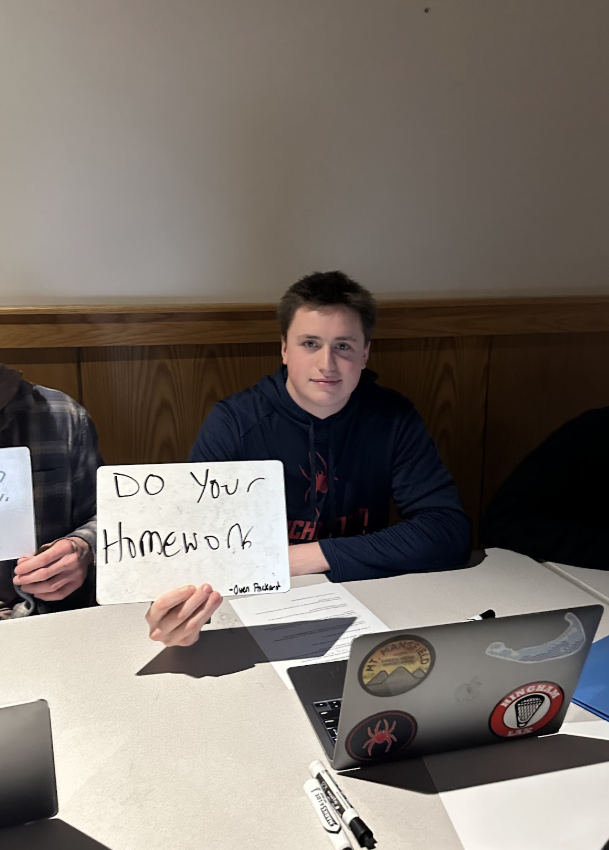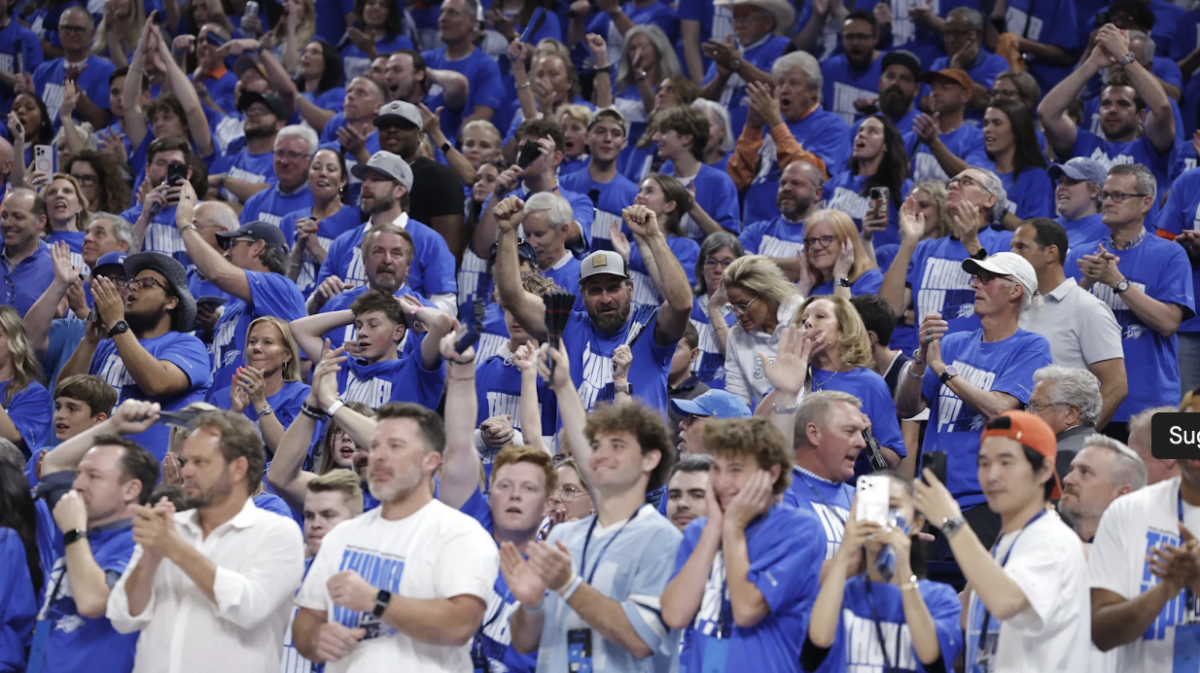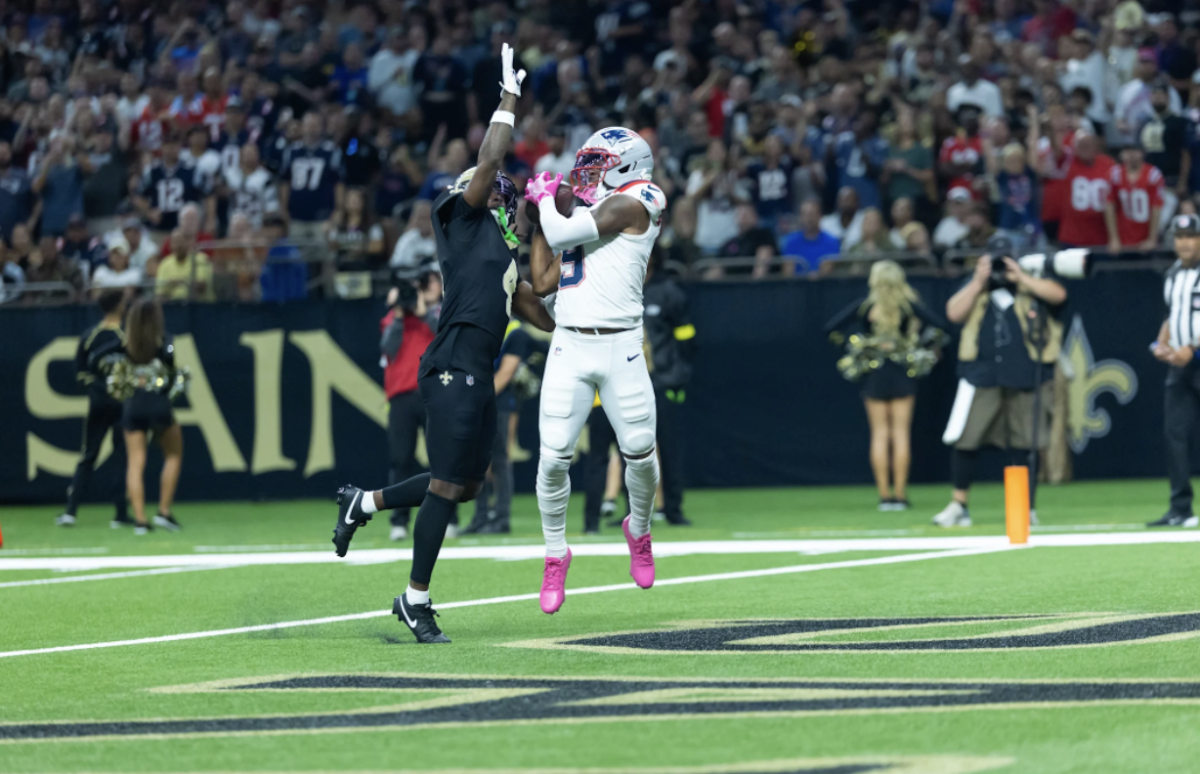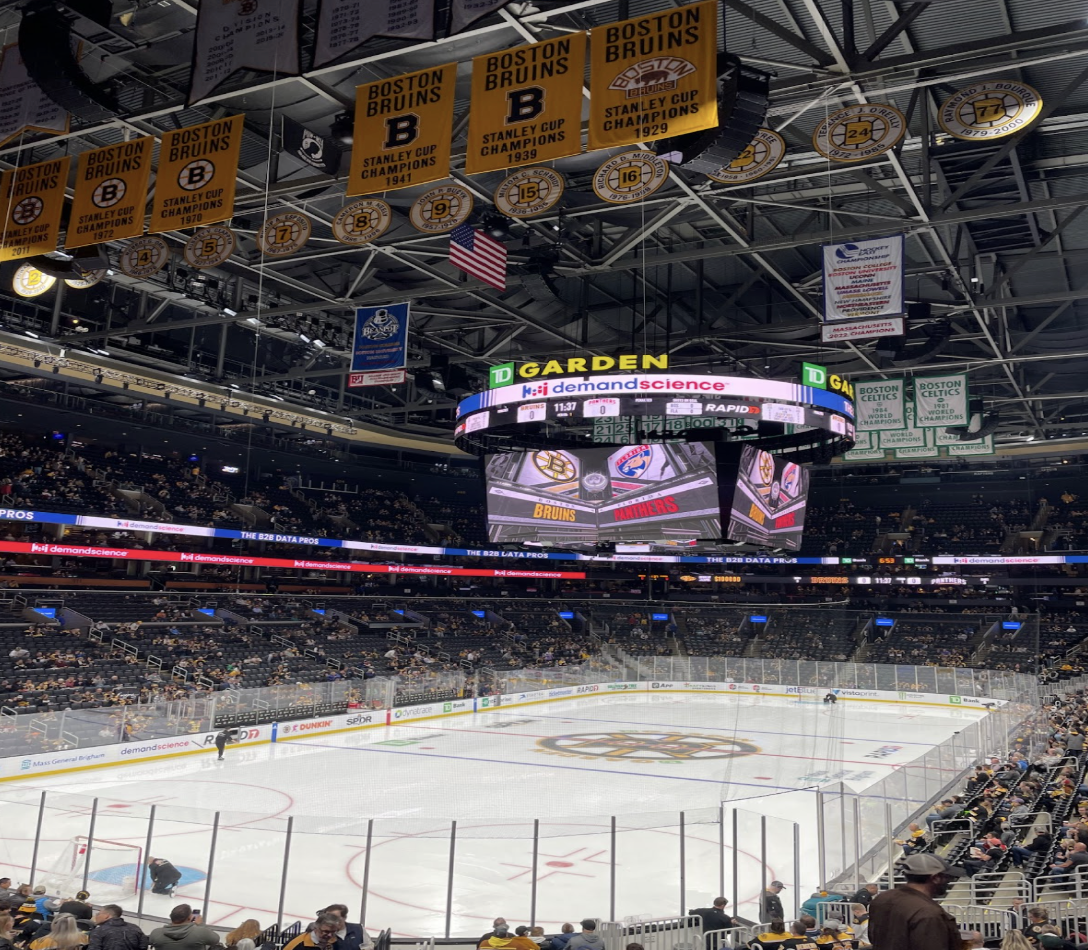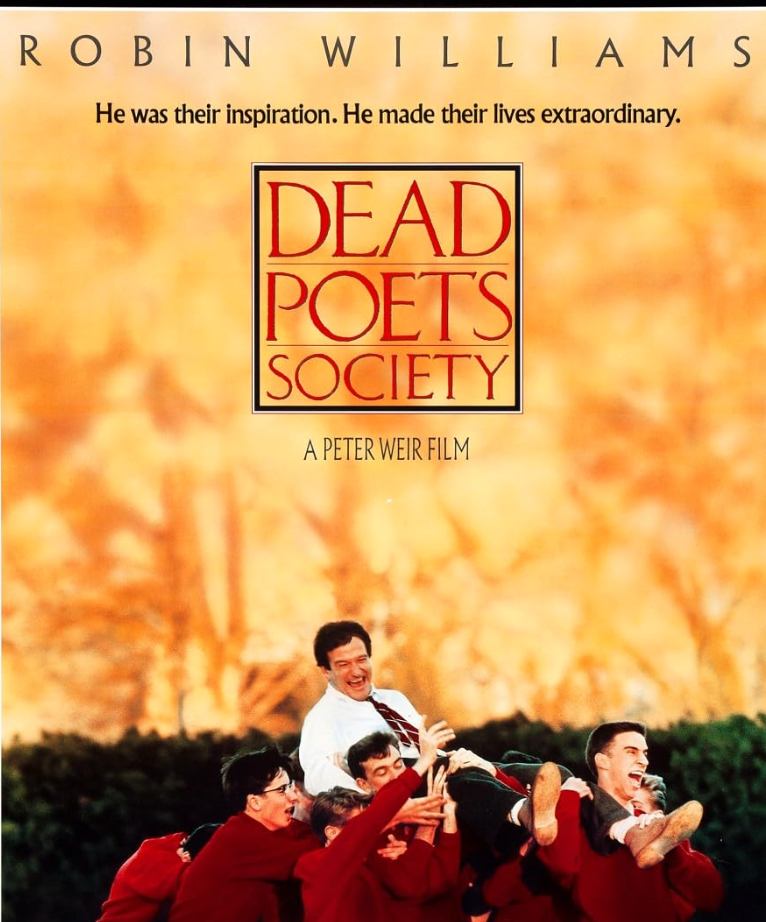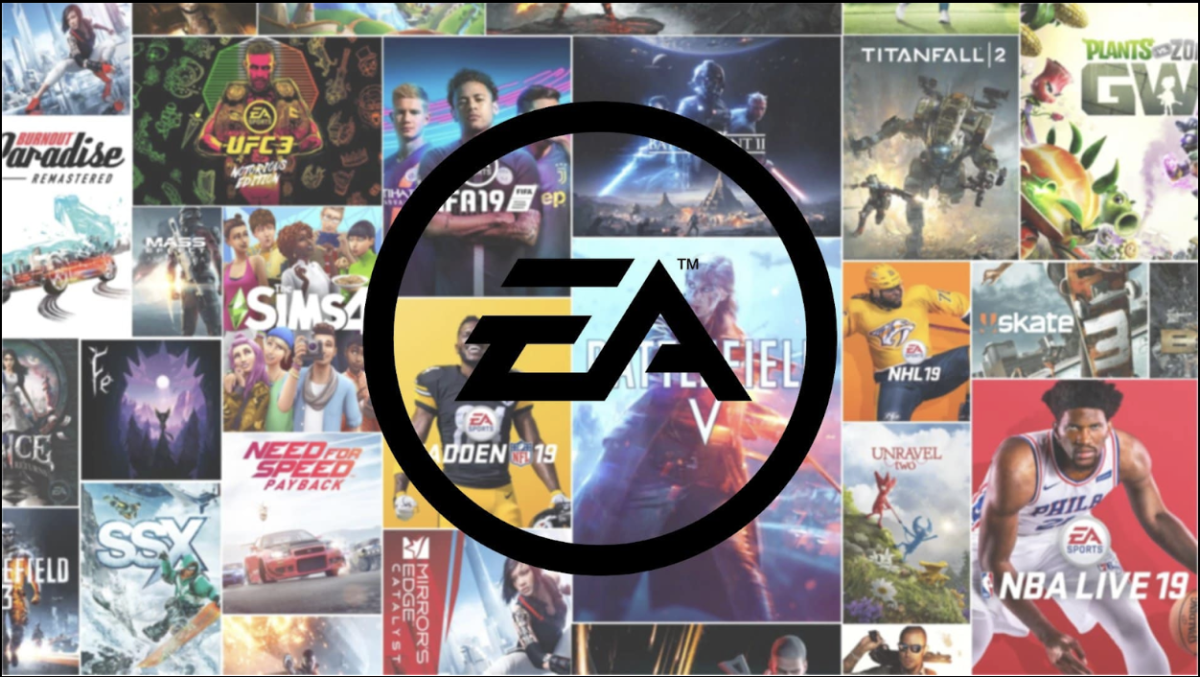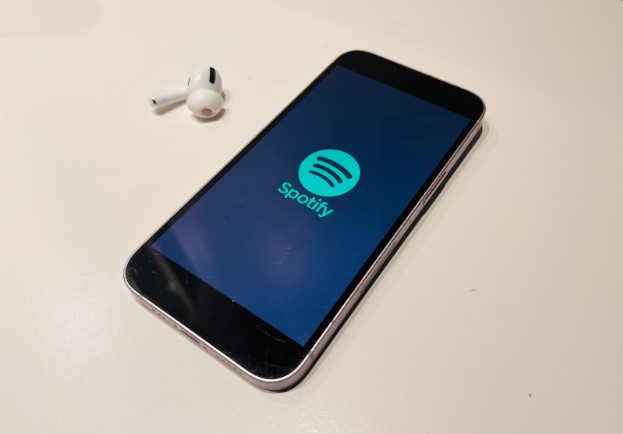Modern technology is all around us and constantly aids us in everyday life. From being able to buy products with the click of a button to having access to any digital resource imaginable across the vast internet. But how do technology’s recent advancements affect how we listen to music?
Spotify is the most popular music streaming service in the world; meaning it has the power to affect hundreds of millions of listeners. Music is more accessible than ever before, but this efficiency comes with great changes. Before the easy access to the internet and streaming services, music was typically discovered in shops and on the radio and depending on the decade people listened to music through vinyl records, cassette tapes, CDs and finally MP3 players. Because it was harder to discover music and buying specific music was more of a commitment, people tended to build more niche, personal music collections and stronger attachments to the artists they listened to. This also meant it was harder for artists to be discovered.
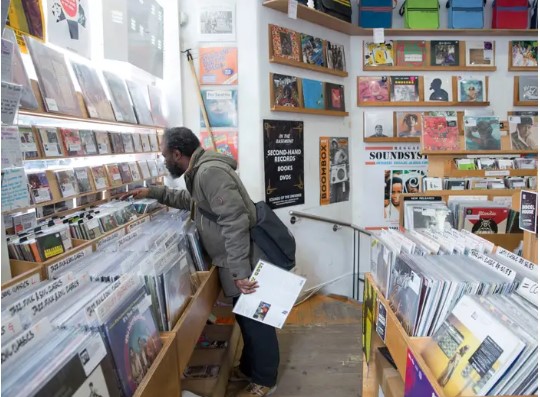
Before streaming, artists were paid by their publishers each time a copy of their album was produced. Today, Spotify and similar streaming services face a lot of backlash for how artists are paid. For the user, Spotify is either free with ads and limited capabilities or a paid subscription called Spotify Premium. At only $11.99 per month for access to all published music this may seem too good to be true. For each stream artists are paid $0.003-$0.005 cents and considering how many listeners and streams a song can get this might not seem too bad a number, but to understand how artists are affected one must consider added production costs and fees for artists, especially smaller creators. Many people defend the app for the exposure it provides artists, but this exposure does not guarantee more profit. In the past an artist would gain exposure through media and concerts. Concerts would be a way to promote more album sales rather than a major source of profit. This meant in 1956 going to see some of the biggest artists like Elvis Presley would set you back only $1.50 (Inflation Adjusted: $17). Because of the low income from streaming, concerts have become more of an opportunity to make money in addition to gaining exposure. Today, to see a performance from one of the biggest artists in the world, Taylor Swift, it costs around $1,400- $1,800.

Spotify’s algorithms can also affect artists’ success and profit. For example, larger artists can pay for promotions and more recommendations to listeners on the app, but these paid promotions can create positive feedback loops that overpower smaller creators. A song can be paid to be recommended more frequently which often translates into the song getting more streams. However, Spotify will also frequently recommend songs with more streams and popularity, meaning a small number of artists can dominate the platform with a cycle of exposure.
Spotify’s algorithm has also affected the structure of music. Since a song must be played for a minimum of 30 seconds to count as a stream, artists have started to place the catchy choruses of their music earlier and earlier within the song to keep the listener’s attention. Singers and songwriters have progressively taken less risks in their creations. Data shows that artists are using less diverse vocabulary. Songs have become simpler and more repetitive with a higher ratio of repeated to non-repeated lines and a higher number of choruses. Since a song will get more recommendations in the algorithm if it is played till the end, many artists will repeat choruses more often to maintain the listeners attention. With users’ ability to briefly listen and discard music at no additional cost, Spotify has created a purposefully ADHD-like, almost addictive platform for listeners, which is drastically different from previous generation’s experience with music.
Another feature of Spotify is the user’s ability to listen to playlists, either created by themselves or created by Spotify and recommended based on listening history. Spotify’s playlists tend to categorize music based on emotions or “Vibes.” This categorization was not as common before the advent of music streaming when music would often be consumed in albums or listened to by artists, as the ability to create playlists only recently emerged. Spotify can collect in-depth information about users’ moods based on not only their music preferences but their playlists as well. In addition to collecting data on users’ emotions, Spotify can influence listeners’ moods through song and playlist recommendations. They even began to capitalize on these features by selling mood-based information to advertisers and even influencing users’ emotions through recommendations to assist ad campaigns.
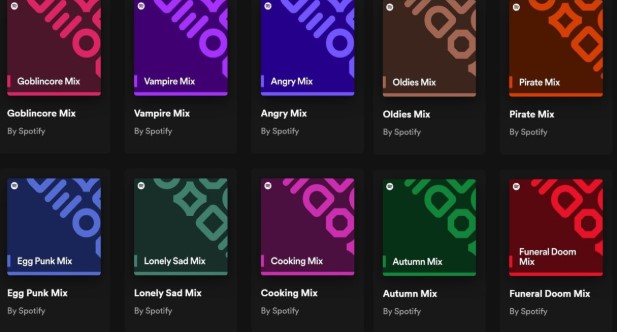
HHS sophomore, Jesse Tennebo enjoys the capabilities of Spotify and its algorithms. “I love how it does all the hard work. It makes it so much easier, especially when I do not know what I want to listen to.” Spotify’s methods, however consequential, seem to continue to satisfy their users. Fellow sophomore, Ashley Sinkus, also enjoys Spotify’s music suggestion capabilities and says she often listens to what is recommended to her and discovers a lot of music through the app. She explains, “Its ability to suggest music affects me because it suggests new music that I otherwise wouldn’t have known about.” Both Jesse and Ashley say they trust Spotify as a reliable source of music and discovery.
Music is an artform essential to being human. It has the power to connect people, to express complex feelings and to transform one’s own thoughts and emotions. This makes music consumption a highly profitable yet complex industry. Spotify has dominated the modern music streaming market bringing simplicity and efficiency to the listening experience. However, Spotify’s methods bring consequences, and it is important to be aware of some of these effects on such a fundamental artform.







